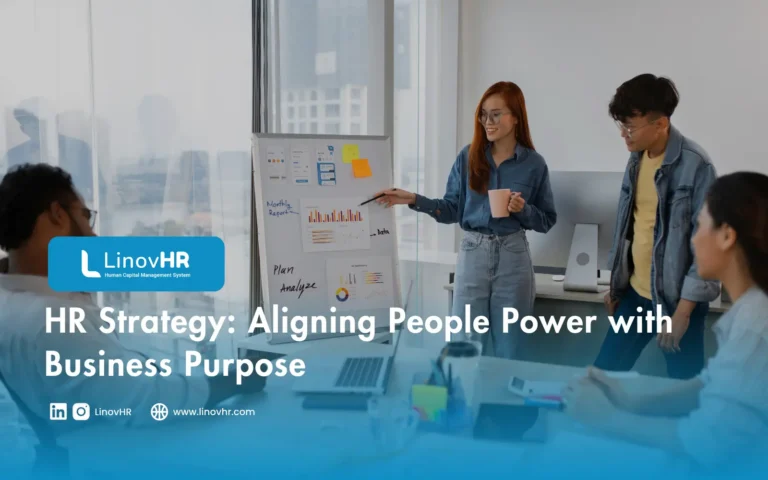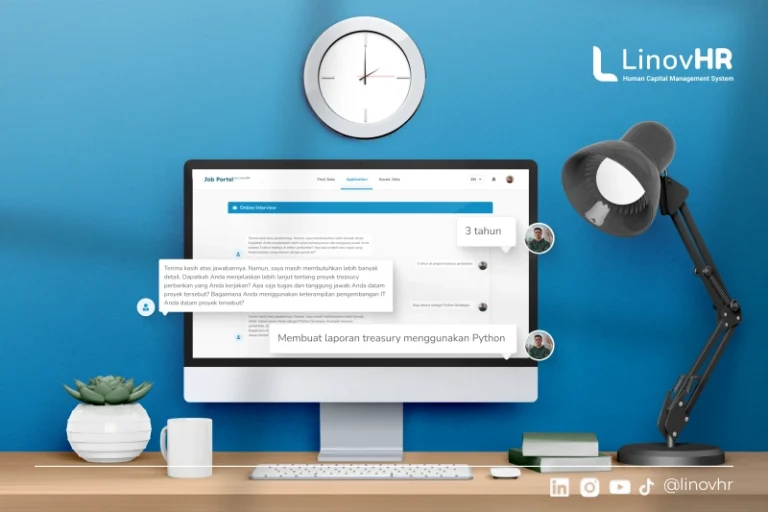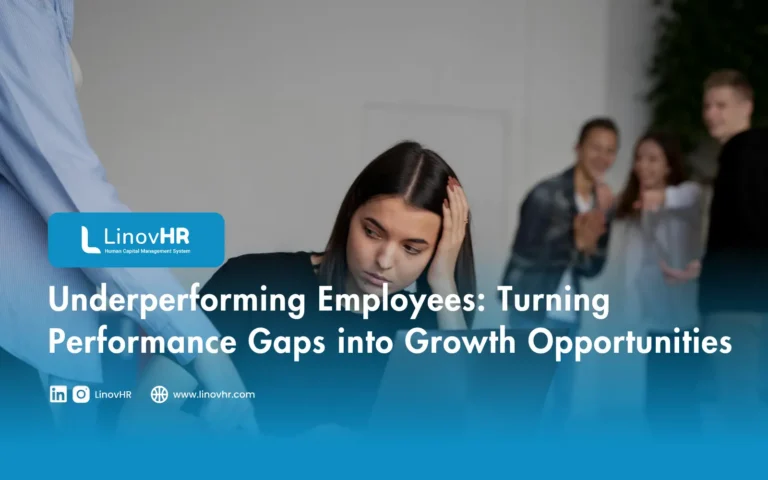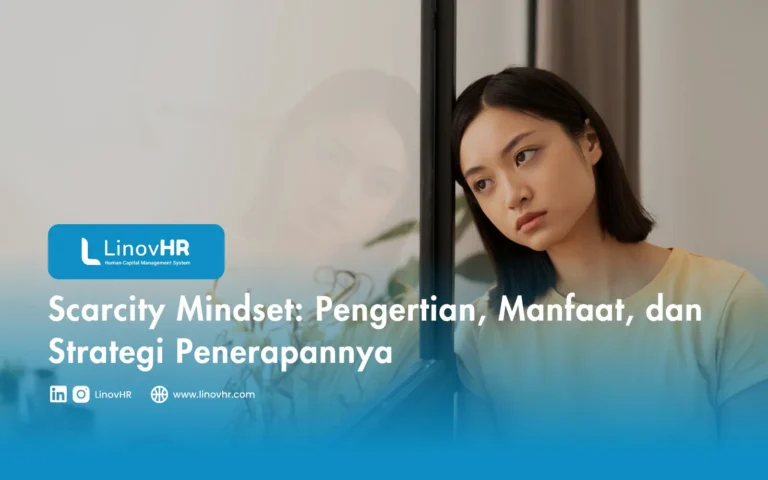In today’s rapidly changing business environment, companies that want to thrive must recognize that people are their most valuable asset. Strategic management of human resources is no longer just about hiring and payroll. Aligning talent, culture, and company goals into one cohesive direction.
An effective HR strategy serves as a roadmap that connects every HR initiative from recruitment and training to performance management and employee engagement with the company’s long-term mission.
In this article you’ll explore what HR strategy truly means, the key components that make it successful, and a step-by-step guide to designing one that drives sustainable business growth.
What Is HR Strategy and Why It Matters?
An HR strategy is a long-term, structured plan that connects human resource management with a company’s broader business objectives.
Rather than focusing only on administrative tasks like recruitment or payroll, HR strategy takes a proactive and analytical approach ensuring every people related initiative supports the company’s vision, mission, and growth trajectory.
In essence, an effective HR strategy transforms HR from a support function into a strategic business partner. It enables companies to anticipate workforce needs, identify future talent gaps, and create systems that empower employees to perform at their best.
Through this alignment, businesses can achieve stronger productivity, greater innovation, and sustained competitive advantage. The importance of HR strategy lies in its ability to turn people into the core driver of business success.
When companies align their HR practices such as talent acquisition, learning and development, and performance management with long-term goals. They foster a workforce that is motivated, capable, and ready to deliver measurable impact.
In other words, HR strategy ensures that human capital isn’t just managed, but intentionally developed to accelerate business growth.
Core Components of an Effective HR Strategy
Before designing an HR strategy, it’s essential to understand the foundational elements that make it effective. Below are the core components every company should consider.
1. Workforce Planning and Talent Acquisition
A successful HR strategy begins with understanding future workforce needs. Strategic workforce planning helps companies anticipate skill shortages and proactively recruit the right talent. This ensures that hiring efforts align with long-term business objectives rather than short-term gaps.
Read also:
2. Learning and Development Programs
Continuous learning is the key to maintaining company competitiveness. HR strategy must include structured employee development programs such as leadership training, upskilling, and career growth pathways to strengthen internal capabilities and prepare future leaders.
3. Performance Management Systems
Performance management isn’t just about evaluation, it’s also about aligning individual performance with business outcomes. A well-designed HR strategy uses measurable KPI’s and feedback systems to promote accountability and motivate employees to reach their potential.
4. Compensation and Rewards
An equitable compensation and rewards system plays a vital role in employee retention and motivation. Strategic HR management ensures that pay structures, bonuses, and recognition programs reflect both market standards and internal performance excellence.
5. Company Culture and Employee Engagement
Building a strong and positive company culture is central to an effective HR strategy. Engaged employees are more productive, innovative, and loyal. HR should continuously nurture a culture that promotes collaboration, respect, and shared purpose.
6. HR Technology and Analytics
Modern HR strategies must leverage data driven decision making. HR technology and analytics allow companies to track workforce trends, identify improvement areas, and measure the ROI of HR initiatives ensuring continuous optimization and agility.
Designing an HR Strategy Step by Step
Creating a strong HR strategy requires careful planning, cross departmental collaboration, and a deep understanding of business priorities. Here’s a step-by-step framework to guide the process.
1. Understand the Business Vision and Objectives
Begin by gaining a clear understanding of the company’s mission, long-term goals, and operational priorities. HR initiatives should directly support these objectives, ensuring that talent strategies are not developed in isolation.
2. Assess the Current HR Landscape
Conduct an internal audit of your current HR practices such as recruitment efficiency, training quality, retention rates, and employee satisfaction. This evaluation helps identify strengths and areas for improvement.
3. Define Strategic HR Goals
Set clear, measurable goals aligned with company priorities. For example, if business expansion is the goal, HR might focus on scalable hiring processes or leadership development programs to support growth.
4. Develop and Implement Action Plans
Translate your goals into actionable plans. Define specific initiatives, assign responsibilities, and create timelines. Ensure each plan is supported by adequate resources and leadership commitment.
5. Communicate and Engage
Transparency and communication are key. Share the HR strategy across all levels of the companies to ensure everyone understands their role in achieving company objectives. Engagement fosters accountability and unity.
6. Monitor, Measure, and Adjust
HR strategy should be dynamic, not static. Continuously track key performance indicators or KPI’s, gather feedback, and adjust as needed to ensure relevance and effectiveness in changing business conditions.
Also read: 10 Recommended HRIS Applications for Modern Businesses in 2025
Build a Strong HR Strategy with LinovHR
A strong HR strategy is the backbone of every successful organization. It ensures that people, processes, and business goals move in harmony or create a sustainable foundation for growth.
With LinovHR’s HRIS, companies can develop, execute, and monitor their HR strategy effectively through an integrated digital system. Whether you’re streamlining recruitment, automating performance reviews, or aligning compensation with business objectives, LinovHR ensures every HR initiative contributes to long-term success.
Request a free demo of LinovHR’s HRIS today and experience how strategic HR transformation can empower your company to achieve more.







